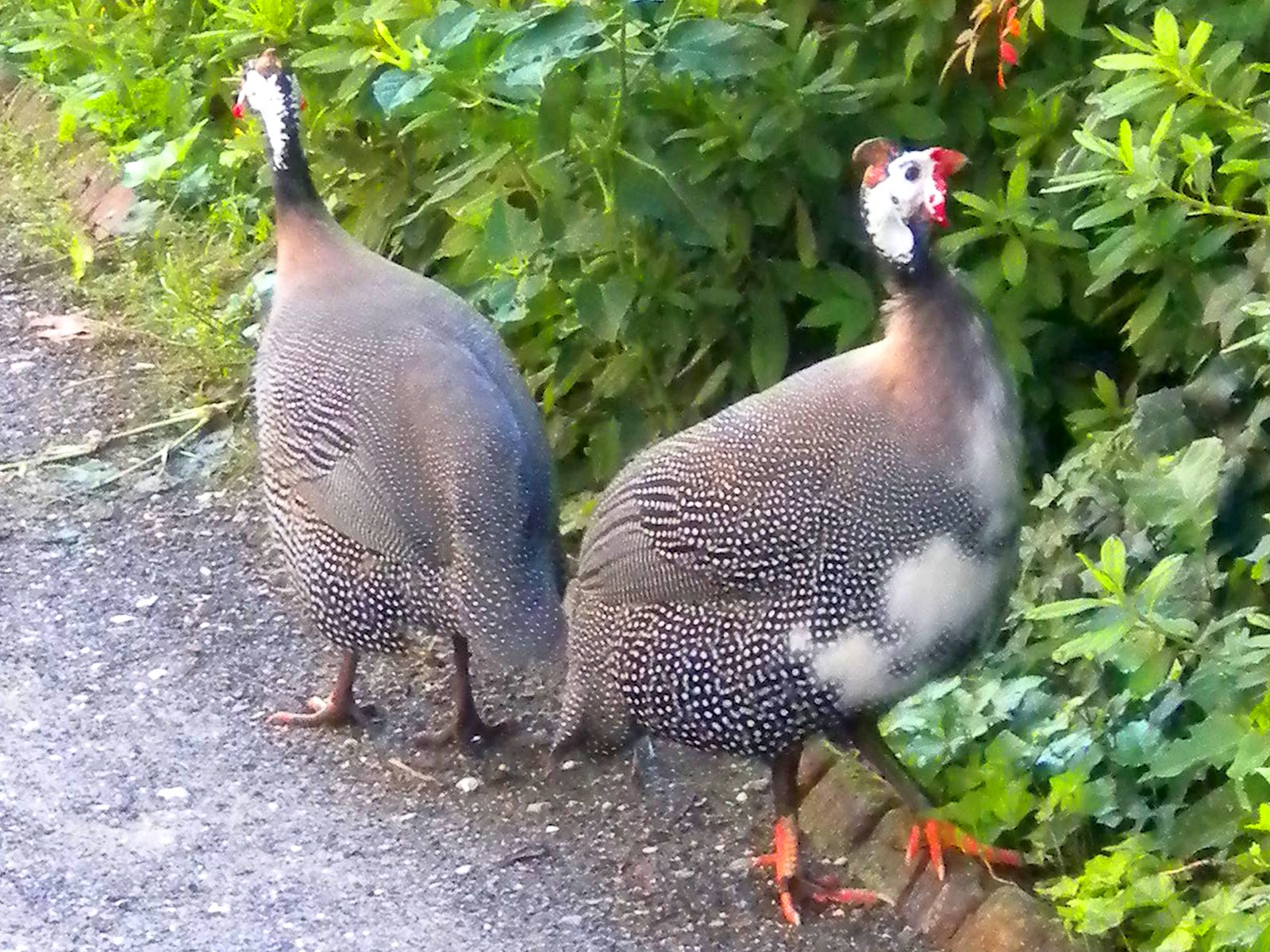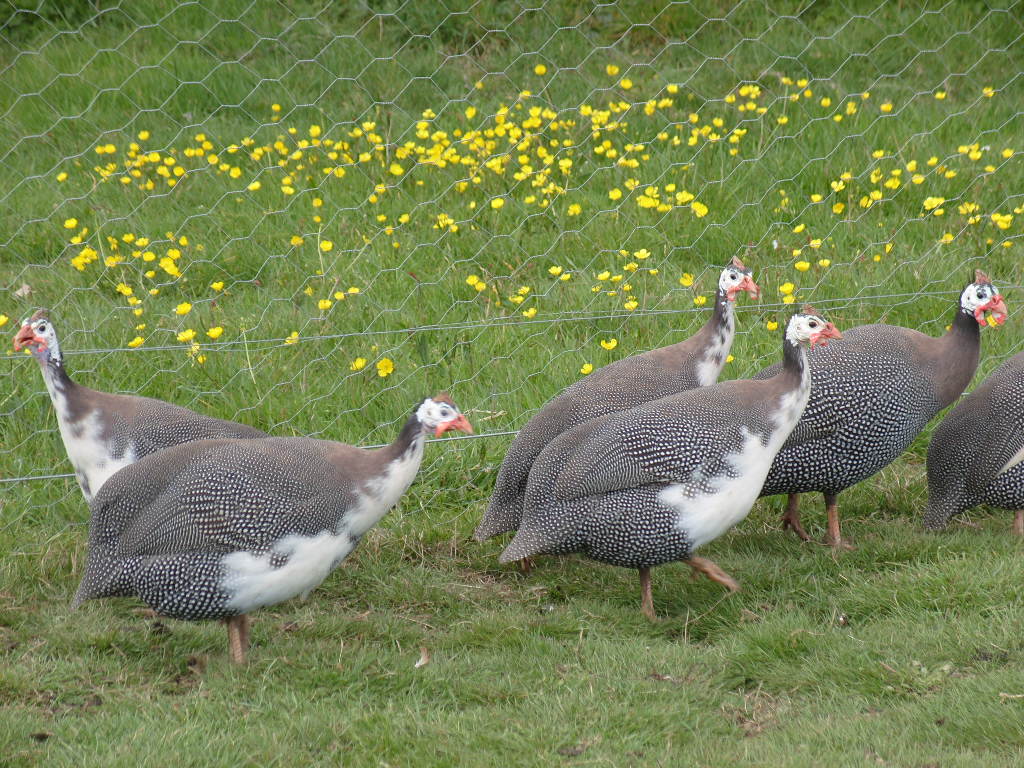After experiencing a lot of interesting facts about little guys – guinea fowls, I thought of sharing them with all those who are interested in raising them. I would start the guinea fowl facts with the story through which I got to learn a lot about this beautiful and interesting creature. My father bought beautifully dressed in grayish suits, proud …
Read More »Guinea Fowl
Rearing, Incubation and brooding Guinea Fowl
Have you ever noticed what exactly guinea bird looks like? They have that nosy and officious look because their body has gray fur over all, which makes it look like a baggy grayish suit. Most of the time I have seen guinea haste through the backyard. Moreover, as soon as it’s dawn, they start to scour the garden for ticks, …
Read More »
